When I go hiking, I always make sure to pack enough food to keep me fueled and energized throughout the trip. Food is an essential part of any hiking adventure, whether it’s a day hike or a multi-day backpacking trip. The right food can help you maintain your energy levels, prevent injuries, and keep you feeling good on the trail.
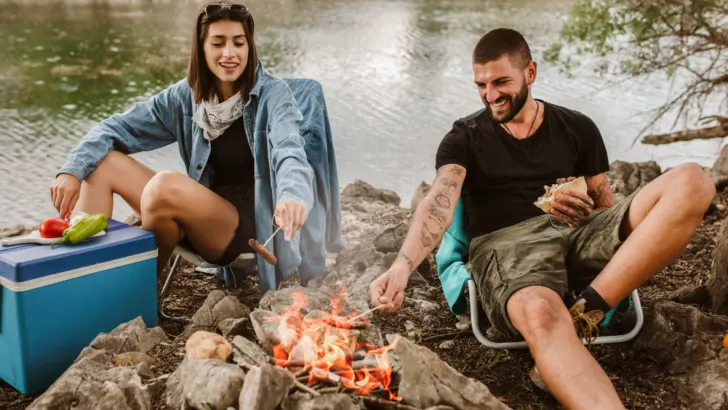
When it comes to food when hiking, there are a few things to keep in mind. First, you want to bring food that is lightweight and easy to pack. You also want to make sure that the food you bring is appropriate for the weather conditions and easy to digest. And if you’re hiking with others, it’s a good idea to bring food that is easy to share. In this article, I’ll cover everything you need to know about food when hiking, including what to bring, how to pack it, and some of the best foods for hiking.
Key Takeaways
- Food is an essential part of any hiking adventure, whether it’s a day hike or a multi-day backpacking trip.
- When packing food for a hiking trip, it’s important to consider the weight, weather conditions, and digestibility of the food.
- Some of the best foods for hiking include nuts and seeds, energy bars, jerky, and dehydrated meals.
Food When Hiking
When I go hiking, I always make sure to pack enough food to keep me fueled and energized throughout the day. It’s important to choose foods that are lightweight, easy to pack, and provide the necessary nutrients to keep your body going. Here are some tips and ideas for food when hiking:
Meal Planning
Before hitting the trails, it’s important to plan your meals. Consider how long you’ll be hiking and the amount of energy you’ll need. I like to pack snacks like trail mix, energy bars, and jerky for quick and easy access on the go. For longer hikes, I pack meals like sandwiches, wraps, or pasta salad. It’s also important to stay hydrated, so don’t forget to pack plenty of water and electrolyte drinks.
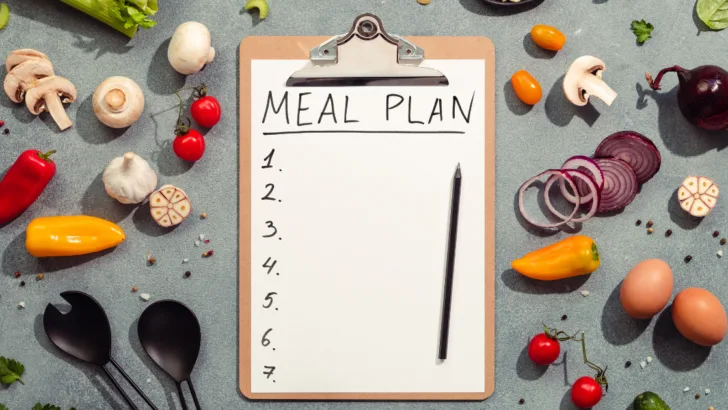
Food Options
When choosing food options for hiking, consider the weight and nutritional value. Dehydrated meals are lightweight and convenient, but can be costly. Alternatively, you can make your own dehydrated meals at home. I like to pack fresh fruits and vegetables like apples, carrots, and snap peas for a healthy snack. Canned foods should be avoided as they are too heavy and create bulky trash.
Timing
Eating at the right time is also important. It’s recommended to eat every 90 minutes to keep your body fueled and prevent injuries. Consistency is key, so make sure to stick to a schedule and eat on time. Cold foods like pasta salad and refreshing beverages can be enjoyed when carrying a cooler and ice pack.
Related Posts:
What to Bring
When going on a hiking trip, it is important to bring the right foods to keep you energized and hydrated throughout the journey. In this section, I will discuss some of the best foods to bring on a hiking trip, including energy-rich foods, hydrating foods, snacks, and water.
Energy-Rich Foods
Energy-rich foods are essential for hiking, as they provide the necessary fuel to keep you going. Some examples of energy-rich foods include:
- Trail mix: A mix of nuts, seeds, and dried fruit is a great source of protein, healthy fats, and carbohydrates.
- Energy bars: These bars are specifically designed to provide a quick source of energy and are easy to pack.
- Jerky: Beef or turkey jerky is a great source of protein and can be easily packed in your backpack.
- Peanut butter: A spoonful of peanut butter is a quick and easy source of energy.
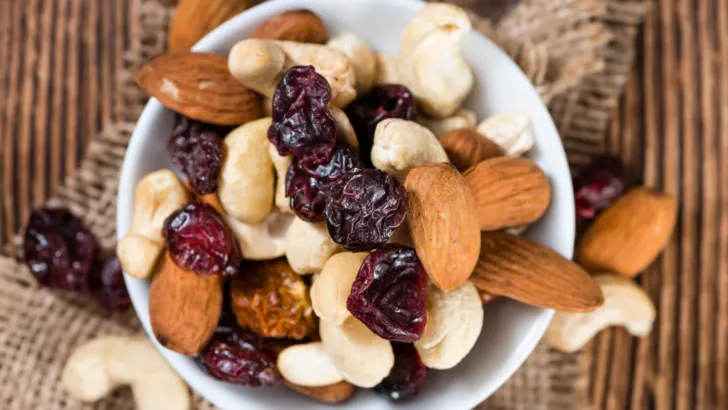
Hydrating Foods
Staying hydrated is crucial when hiking, especially in hot weather. Some hydrating foods to bring on a hiking trip include:
- Fresh fruit: Fruits like watermelon, grapes, and oranges are high in water content and can help keep you hydrated.
- Vegetables: Cucumbers, celery, and carrots are also high in water content and can be easily packed.
- Coconut water: This natural drink is a great source of electrolytes and can help keep you hydrated.
Snacks
Snacks are important to bring on a hiking trip to keep your energy levels up between meals. Some good options include:
- Beef or turkey jerky
- Trail mix
- Energy bars
- Granola bars
- Dried fruit
- Crackers
- Cheese
Water
Water is the most important thing to bring on a hiking trip. It is important to bring enough water to stay hydrated throughout the journey. A general rule of thumb is to bring at least 2 liters of water per person for a day hike.
Related Posts:
How to Pack Food
When preparing for a hiking trip, packing food is an essential task that requires careful planning. Here are some tips on how to pack food for your next hiking adventure.
Pack Lightweight Foods
When packing food for a hiking trip, it is important to consider weight. Packing lightweight foods will help reduce the overall weight of your backpack and make it easier to carry. Some lightweight food options include:
- Dehydrated meals
- Energy bars
- Trail mix
- Dried fruits
- Jerky
- Nuts and seeds
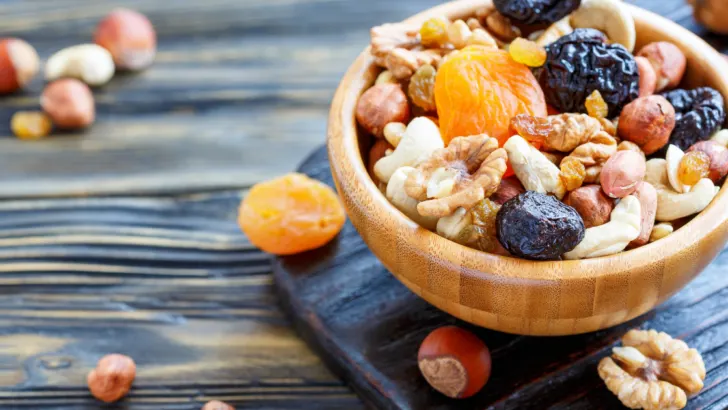
Pack Foods That Are Easy to Eat on the Go
While hiking, you may not have the time or energy to sit down and have a full meal. Packing foods that are easy to eat on the go will help keep you fueled throughout the day. Some easy-to-eat food options include:
- Energy bars
- Trail mix
- Beef jerky
- Fresh fruit
- Cheese
- Crackers
Pack Foods That Won’t Spoil Easily
Hiking trips can last for several days, so it’s important to pack foods that won’t spoil easily. Some non-perishable food options include:
- Canned foods (tuna, chicken, soup)
- Dehydrated meals
- Energy bars
- Trail mix
- Dried fruits
- Jerky

Pack Foods That You Enjoy
While it’s important to pack foods that are lightweight, easy to eat on the go, and won’t spoil easily, it’s also important to pack foods that you enjoy. Eating food that you don’t like can make a hiking trip less enjoyable. Here are some food options that you may enjoy:
- Fresh fruits and vegetables
- Cheese
- Crackers
- Chocolate
- Instant coffee or tea
- Your favorite snacks
By following these tips, you can pack food that is both nutritious and enjoyable for your next hiking trip.
List of 15 Most Popular Foods for Hiking
When it comes to hiking, choosing the right foods to bring along is crucial for a successful and enjoyable trip. As an experienced hiker, I have compiled a list of the 15 most popular foods for hiking. These foods are easy to pack, lightweight, and provide the necessary nutrients to keep you energized throughout your journey.
- Trail mix – A classic hiking snack that provides a mix of nuts, dried fruits, and sometimes chocolate or other sweets.
- Energy bars – Convenient and easy to eat on the go, energy bars come in a variety of flavors and are packed with protein and carbohydrates.
- Jerky – A high-protein snack that comes in a variety of meats and flavors, jerky is lightweight and easy to pack.
- Nut butter packets – Peanut butter, almond butter, and other nut butter come in convenient single-serve packets that are easy to pack and provide a good source of protein.
- Instant oatmeal – A quick and easy breakfast option that provides carbohydrates and fiber to keep you feeling full.
- Cheese – A good source of protein and calcium, cheese can be packed in small portions and eaten as a snack or added to meals.
- Crackers – Lightweight and easy to pack, crackers can be paired with cheese or nut butter for a quick snack.
- Fresh fruit – Apples, bananas, and oranges are all good options for hiking as they are easy to pack and provide carbohydrates and vitamins.
- Dried fruit – A lightweight and easy-to-pack snack that provides a good source of carbohydrates and fiber.
- Tuna packets – A good source of protein, tuna packets come in convenient single-serve packages that are easy to pack.
- Instant rice and pasta – Quick and easy to prepare, instant rice and pasta provide carbohydrates to fuel your hike.
- Granola – A crunchy and sweet snack that provides carbohydrates and fiber.
- Canned soup – A warm and comforting meal option for colder hikes, canned soup can be heated up over a camp stove.
- Chocolate – A sweet treat that provides a quick burst of energy, chocolate can be packed in small portions and eaten as a snack.
- Tea and coffee – A warm drink can be comforting on colder hikes, and tea and coffee can also provide a quick source of caffeine for an energy boost.

By packing a variety of these popular hiking foods, you can ensure that you have the necessary nutrients to keep you energized and satisfied throughout your journey.
Specific Foods That Are Good for Hiking
When I go hiking, I always make sure to pack foods that will keep me energized and nourished throughout the day. Here are some specific foods that I find are good for hiking:
Nuts and Seeds
Nuts and seeds are a great source of protein, healthy fats, and fiber. They are also lightweight and easy to pack. I like to bring a mix of almonds, cashews, pumpkin seeds, and sunflower seeds. They are perfect for snacking on throughout the day.
Dried Fruit
Dried fruit is a great source of energy and is easy to pack. I like to bring a mix of dried apricots, figs, and cranberries. They are a great alternative to candy or other sugary snacks.
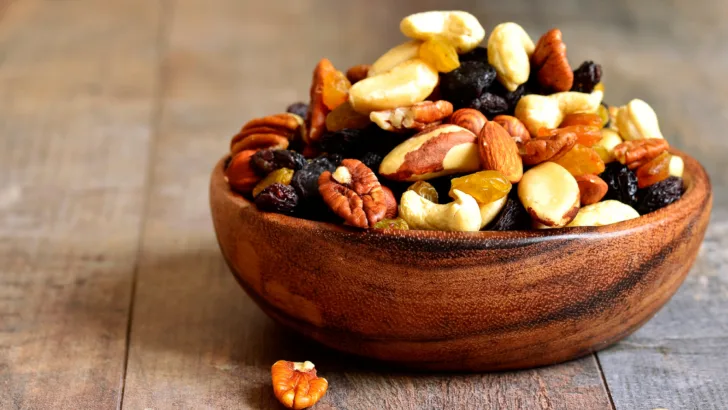
Jerky
Jerky is a great source of protein and is easy to pack. I like to bring beef jerky or turkey jerky. They are a great snack to have on hand when I need a quick burst of energy.
Energy Bars
Energy bars are a convenient and easy way to get a quick burst of energy. I like to bring bars that are high in protein and fiber. Some of my favorites are KIND bars, RX bars, and Larabars.
Peanut Butter
Peanut butter is a great source of protein and healthy fats. It is also easy to pack and can be used in a variety of ways. I like to bring individual packets of peanut butter to spread on crackers or apple slices.
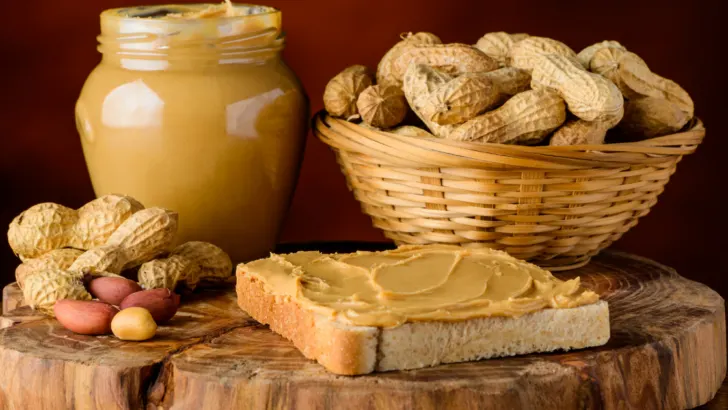
Trail Mix
Trail mix is a classic hiking snack. It is a mix of nuts, seeds, dried fruit, and sometimes chocolate or other sweets. I like to make my own trail mix with almonds, cashews, raisins, and dark chocolate chips.
Overall, when packing food for a hike, it is important to choose foods that are lightweight, easy to pack, and will provide sustained energy throughout the day. By packing a variety of snacks and meals, I can ensure that I have the energy and nutrients I need to make it through my hike.
Tips for Packing Food for a Hiking Trip
When it comes to packing food for a hiking trip, there are a few things to keep in mind to ensure that you have enough energy to make it to the end of your journey. Here are some tips that I have found useful:
- Plan your meals ahead of time: Before your trip, plan out what you will eat for each meal. This will help you pack the right amount of food and ensure that you have enough variety to keep things interesting.
- Pack lightweight, non-perishable foods: When you’re hiking, you want to pack foods that are lightweight and won’t spoil quickly. Some good options include dried fruits, nuts, granola bars, and jerky.
- Bring a mix of sweet and savory snacks: It’s important to have a mix of sweet and savory snacks to keep your taste buds satisfied. Some good options include trail mix, energy bars, and beef jerky.
- Pack enough food for your trip: Make sure to pack enough food for the entire trip, plus a little extra in case of emergencies. A good rule of thumb is to pack about 1.5-2 pounds of food per day.
- Consider the weight of your food: When packing your food, consider the weight of each item. Choose lightweight options whenever possible to keep your pack as light as possible.
- Pack food in resealable bags: To keep your food fresh and organized, pack it in resealable bags. This will also make it easier to pack and unpack your food throughout the trip.
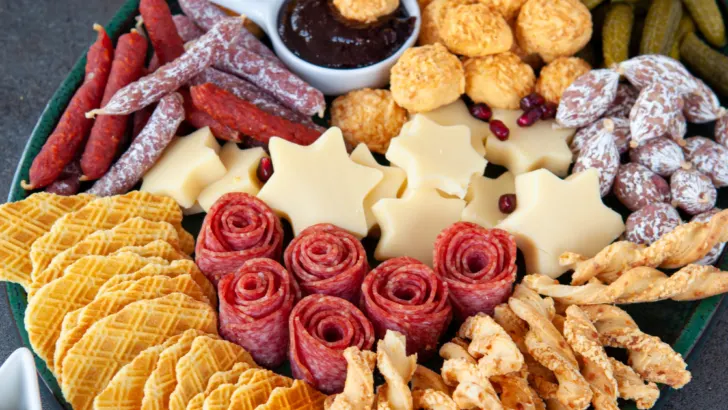
By following these tips, you can ensure that you have enough energy to make it through your hiking trip. Happy hiking!
Information About How to Cook Food While Hiking
When it comes to cooking food while hiking, there are a few key things to keep in mind. First and foremost, you will need a portable stove and fuel to heat up your food. There are many different types of stoves available, but it’s important to choose one that is lightweight and easy to use.
Once you have your stove and fuel, you can start planning your meals. It’s important to choose foods that are lightweight, non-perishable, and easy to prepare. Some good options include dehydrated meals, instant oatmeal, and trail mix.
When it comes to cooking your meals, there are a few different methods you can use. One popular option is the boil-and-soak method. To use this method, simply add water to your food, bring it to a boil on your stove, and then let it soak for a few minutes until it’s fully cooked.

Another option is to use a one-pot meal, where you cook all of your ingredients together in a single pot. This can be a great option for saving time and reducing cleanup.
No matter what method you choose, it’s important to follow proper safety precautions when cooking with a portable stove. Always make sure your stove is set up on a stable surface, away from any flammable materials. And never leave your stove unattended while it’s in use.
Overall, cooking food while hiking can be a fun and rewarding experience. With a little bit of planning and preparation, you can enjoy delicious and nutritious meals on the trail.
Pack Food That Is Appropriate for The Weather Conditions
When planning a hiking trip, it is essential to consider the weather conditions you will encounter. The weather can significantly impact the kind of food you should pack. Here are some tips to help you pack food that is appropriate for the weather conditions:
Hot Weather
When hiking in hot weather, it is crucial to stay hydrated and avoid foods that can cause dehydration. Pack foods that are high in water content, such as fruits and vegetables. Also, consider packing foods that are easy to digest, such as nuts, seeds, and dried fruits. Avoid foods that are high in salt, sugar, and preservatives, as they can cause dehydration.

Cold Weather
When hiking in cold weather, it is important to pack food that can provide you with enough energy to keep you warm. Pack foods that are high in carbohydrates, such as pasta, rice, and bread. Also, consider packing foods that are high in protein, such as nuts, seeds, and beef jerky. Avoid foods that are high in sugar, as they can cause a sudden drop in blood sugar levels.
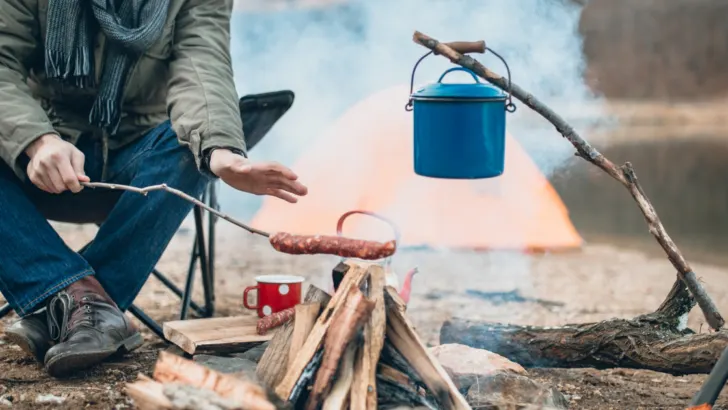
Rainy Weather
When hiking in rainy weather, it is crucial to pack foods that can withstand moisture. Pack foods that are sealed in waterproof containers, such as canned foods, energy bars, and trail mix. Also, consider packing foods that are easy to prepare, such as instant oatmeal, soups, and rice dishes.
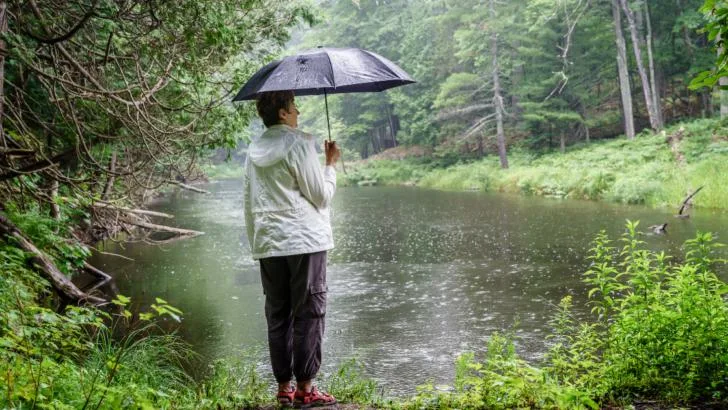
Snowy Weather
When hiking in snowy weather, it is important to pack foods that can provide you with enough energy to keep you warm and hydrated. Pack foods that are high in carbohydrates and protein, such as nuts, seeds, and beef jerky. Also, consider packing foods that are high in calories, such as chocolate, cheese, and peanut butter. Avoid foods that are high in salt, as they can cause dehydration.

In conclusion, packing food that is appropriate for the weather conditions can make a significant difference in your hiking experience. By considering the weather conditions you will encounter, you can pack foods that will keep you energized, hydrated, and comfortable throughout your trip.
Pack Food That Is Easy to Digest
When I go hiking, I always make sure to pack food that is easy to digest. This is important because when I’m on the trail, my body is working hard, and I don’t want to burden it with heavy, difficult-to-digest foods.
Here are some tips for choosing foods that are easy to digest:
- Stick to simple carbohydrates: Foods like bread, crackers, and fruit are easy for the body to break down and provide quick energy. Avoid foods that are high in fiber or fat, as these can be harder to digest.
- Choose lean proteins: If you want to include protein in your hiking meals, opt for lean sources like chicken, fish, or tofu. These are easier to digest than fatty meats like beef or pork.
- Avoid spicy or highly seasoned foods: Spicy foods can irritate the digestive system, so it’s best to avoid them when hiking. Stick to mild, simple flavors.
- Pack snacks: Instead of eating large meals, try to snack throughout the day. This can help keep your energy levels up without overloading your digestive system.
- Stay hydrated: Drinking plenty of water is important for digestion, so make sure to pack enough water for your hike. You can also bring electrolyte drinks or sports drinks to help replenish lost nutrients.
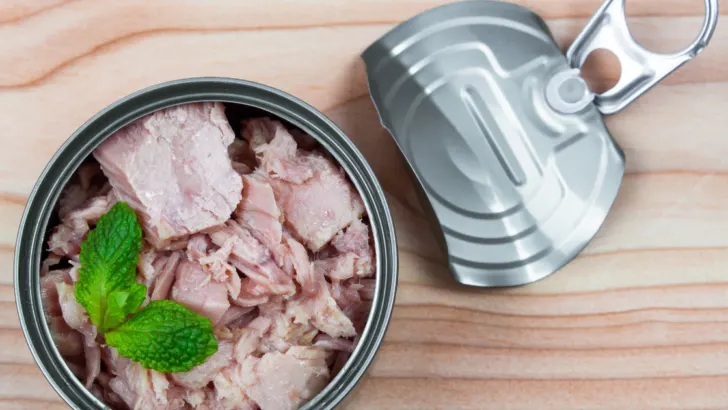
Overall, packing food that is easy to digest is an important part of preparing for a hiking trip. By choosing simple, easy-to-digest foods, you can help ensure that your body has the energy it needs to tackle the trail without feeling weighed down.
Pack Food That Is Easy to Share with Your Hiking Partners
When I go hiking with friends, I like to pack foods that are easy to share. This not only saves space and weight in our packs, but it also adds to the social experience of the hike. Here are some of my favorite foods to pack for sharing:
- Trail mix: A classic hiking snack, trail mix is easy to share and can be customized to everyone’s tastes. I like to make my own with a mix of nuts, seeds, dried fruit, and chocolate chips.
- Beef jerky: Jerky is a great source of protein and is easy to pack and share. Look for brands that use high-quality ingredients and minimal preservatives.
- Cheese and crackers: Cheese and crackers are a tasty and filling snack that can be shared among a group. I like to pack individual servings of cheese and pre-packaged crackers to keep things easy.
- Fresh fruit: While it’s not always practical to pack fresh fruit on a long hike, it’s a great option for shorter hikes or day trips. Apples, oranges, and bananas are all easy to share and provide a refreshing burst of energy.
- Energy bars: Energy bars are a convenient and easy-to-pack snack that can be shared among a group. Look for bars that are high in protein and low in sugar for sustained energy.

When packing food to share, it’s important to consider the weight and size of each item. I like to pack individual servings or pre-portioned snacks to make sharing easy and avoid excess waste. Additionally, it’s important to pack foods that will hold up well in a backpack and won’t spoil or melt in the heat. By packing foods that are easy to share and will hold up well on the trail, you can ensure a successful and enjoyable hiking experience with your friends.
If You Are Hiking for Multiple Days, You May Want to Bring a Small Stove to Cook Food
When planning a multi-day hike, one of the most important things to consider is how you will be eating. While some hikers prefer to bring pre-packaged meals and snacks, others prefer to cook their own food. If you fall into the latter category, you may want to consider bringing a small stove with you.
A small stove can be a great addition to your hiking gear, as it allows you to cook your own meals and enjoy hot food while on the trail. There are a variety of different types of stoves available, each with its own pros and cons. Some popular options include:
- Canister stoves: These stoves are lightweight, compact, and easy to use. They run on pre-packaged fuel canisters, which can be easily replaced when empty.
- Liquid fuel stoves: These stoves are more versatile than canister stoves, as they can run on a variety of different fuels. They are also more durable and reliable, making them a good choice for longer hikes.
- Wood-burning stoves: These stoves are eco-friendly, as they run on twigs and other natural materials found on the trail. They can be a bit heavier and bulkier than other types of stoves, but they are a good choice if you want to minimize your environmental impact.
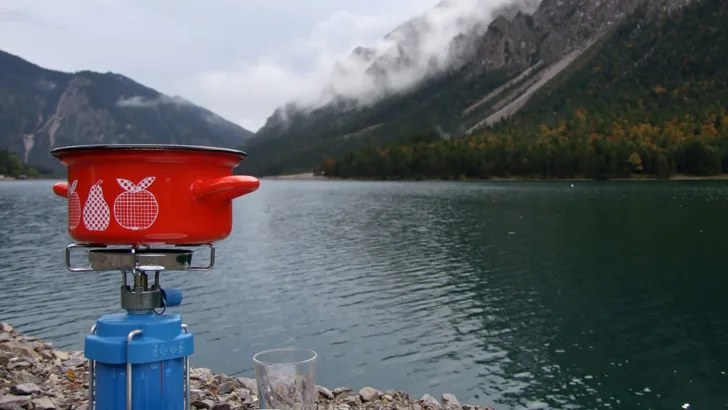
When choosing a stove, it’s important to consider factors such as weight, durability, ease of use, and fuel efficiency. You should also make sure to bring along any necessary accessories, such as a pot, utensils, and fuel canisters or bottles.
Cooking your own meals while on a multi-day hike can be a great way to save money and enjoy a wider variety of foods than pre-packaged meals allow. Just make sure to follow Leave No Trace principles and properly dispose of any waste, including food scraps and packaging.
Cooking Over a Campfire
Cooking over a campfire is one of the most enjoyable parts of hiking for me. It is a great way to bond with fellow hikers and enjoy a hot meal in the great outdoors. Here are a few tips to make your campfire cooking experience a success.
Firstly, it is important to make sure that your campfire is set up correctly. You want to have a good bed of hot coals to cook on, rather than flames. This will allow for even cooking and prevent your food from burning. You can achieve this by letting your fire burn down for 30-45 minutes before cooking.
Next, it is important to have the right equipment. A sturdy tripod or grill grate can be used to cook over the fire. Alternatively, you can wrap your food in foil and place it in the coals. Don’t forget to bring a pair of heavy-duty gloves to protect your hands from the heat.
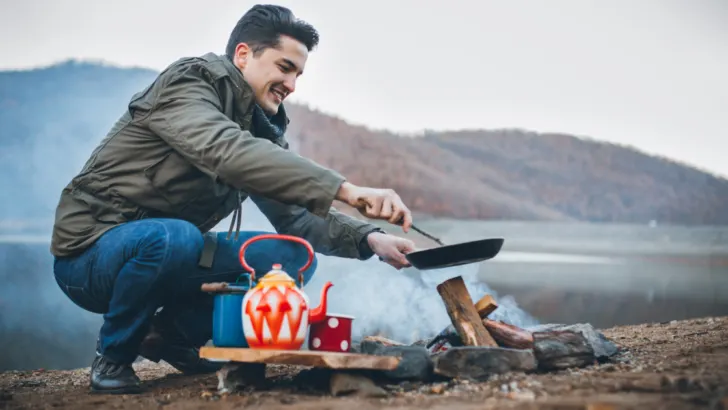
When it comes to food, simple is often best. Stick to meals that are easy to prepare and cook quickly. Some great options include hot dogs, hamburgers, and foil-wrapped potatoes. You can also bring pre-cooked meals that can be heated up over the fire, such as canned soup or chili.
Lastly, always make sure to clean up after yourself. Leave your campsite better than you found it by properly disposing of any food waste and taking your trash with you. This will help preserve the natural beauty of the area for future hikers to enjoy.
Overall, cooking over a campfire is a fun and rewarding experience. With the right preparation and equipment, you can enjoy a delicious meal while taking in the beauty of nature.
There Are Also a Number of Dehydrated Foods That Are Designed for Hiking
When it comes to hiking, carrying heavy food items can be a real burden. That’s why many hikers prefer dehydrated foods as they are lightweight, easy to pack, and last longer.
Dehydrated foods are made by removing water from the food, which makes them lighter, smaller, and easier to carry. They are also designed to be quick and easy to prepare, making them perfect for hikers who don’t want to spend a lot of time cooking.
Some popular dehydrated food options for hikers include:
- Dehydrated fruits and vegetables: These are a great source of vitamins, minerals, and fiber. They are also lightweight and easy to pack.
- Dehydrated soups and stews: These are a convenient and filling option for hikers who want a warm meal on the trail.
- Dehydrated meats: Beef jerky and other dehydrated meats are a good source of protein and can be eaten as a snack or added to other meals.
- Dehydrated pasta and rice dishes: These are a quick and easy option for hikers who want a filling meal without a lot of fuss.
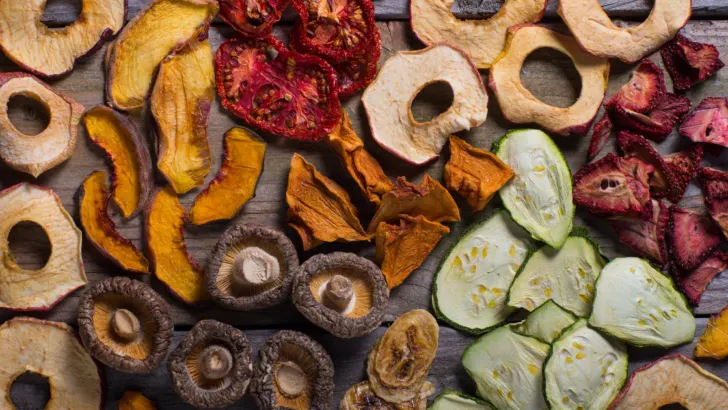
It’s important to note that not all dehydrated foods are created equal. Some are high in sodium, preservatives, and other additives, which can be unhealthy if consumed regularly. That’s why it’s important to read the labels carefully and choose dehydrated foods that are made with natural ingredients and are low in sodium and preservatives.
Overall, dehydrated foods are a great option for hikers who want to save space and weight in their backpacks without sacrificing nutrition and taste.
Conclusion
In conclusion, when it comes to food for hiking, it’s important to consider factors such as caloric needs, macronutrient distribution, and food durability. I’ve learned that by following a few simple rules, I can ensure that I have enough energy to keep me going on even the toughest hikes.
I now know that it’s important to calculate my caloric needs before heading out on a hike and to pack enough food to meet those needs. I also understand the importance of including a balance of carbohydrates, fats, and proteins in my meals to provide sustained energy throughout the day.
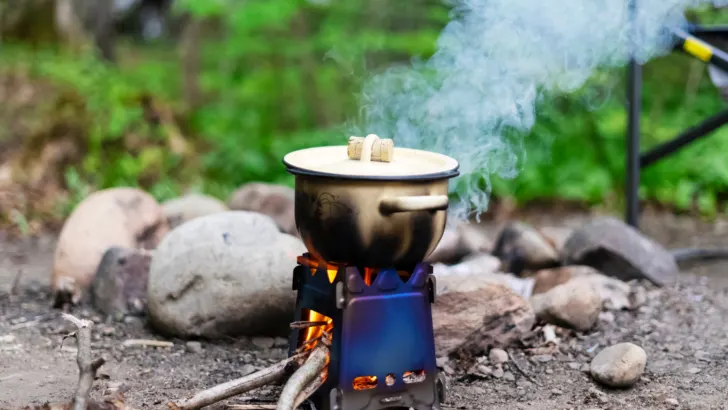
When it comes to food durability, I’ve learned that packing fruits and vegetables that will hold up well in a backpack, such as broccoli, carrots, pears, oranges, and apples, is a good idea. Additionally, packing sandwiches or crackers that are of the whole-grain variety can help keep me full and energized.
Finally, I’ve discovered that buying food locally when possible is a great way to support small trail towns and their economies. By following these guidelines, I can ensure that I have the fuel I need to tackle any hike with confidence.
Frequently Asked Questions
What are some healthy and energy-packed snacks for day hikes?
When planning a day hike, it’s important to choose snacks that are both healthy and energy-packed. Some great options include trail mix, energy bars, dried fruit, and jerky. These snacks are lightweight and easy to carry, making them perfect for a day hike.
What are some lightweight and easy-to-carry food options for hiking?
When it comes to hiking, it’s important to choose lightweight and easy-to-carry food options. Some great options include dehydrated meals, instant oatmeal, and freeze-dried fruits and vegetables. These foods are easy to pack and won’t weigh you down while hiking.
What should I consider when planning my food for a multi-day trek?
When planning your food for a multi-day trek, it’s important to consider factors such as weight, nutrition, and shelf life. Choose foods that are lightweight, high in protein, and have a long shelf life. Some good options include dehydrated meals, nuts, and dried fruits.
What are some good protein sources for hiking food?
Protein is essential for providing energy and building muscle while hiking. Some good protein sources for hiking food include nuts, seeds, jerky, and protein bars. These foods are lightweight and easy to carry, making them perfect for hiking.
How can I make sure my food stays fresh and safe to eat while hiking?
To ensure your food stays fresh and safe to eat while hiking, it’s important to store it properly. Use sealed containers or resealable bags to prevent moisture and contamination. Also, consider using a cooler or ice pack to keep your food cool and prevent spoilage.
What are some common mistakes to avoid when packing food for a hike?
When packing food for a hike, it’s important to avoid common mistakes such as packing too much food, not packing enough food, and choosing foods that are heavy and difficult to carry. It’s also important to avoid foods that are high in sugar and low in nutrition, as they can cause a crash in energy levels.

